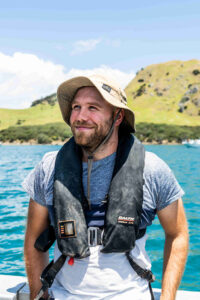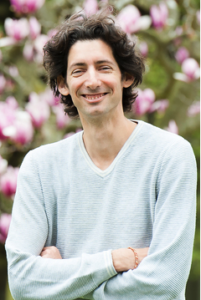Scallop populations in New Zealand have been dwindling with some scallop beds now having very low numbers. It is safe to say that we are facing a crisis in seafood sustainability in New Zealand. The UC Computer Vision team have been working with NIWA in an MBIE funded project “Transforming Scallop Fishing: Non-destructive surveying and harvesting for economic acceleration and kaitiakitanga” which aims to survey scallop beds using ROVs and machine learning.
An example of stock collapse is the southern scallop fishery in Golden Bay, Tasman Bay and the Marlborough Sounds which was closed in 2017, halting commercial and recreational fishing of hundreds of tonnes of scallops and a rahui or restricted access imposed on customary fishing by local Maori. Factors that contributed to this collapse included overfishing and damaging fishing practices such as dredging and sediment and nutrient runoff from land use. There was also a once-in-a-hundred-year flood which turned productive seabed into muck which suffocated and staved seabed communities.
Currently scallop bed surveying is done with a scallop dredge which has a high environmental impact by disturbing the seafloor, or with divers which has low seabed disturbance, but is a costly and time consuming process. Using ROVs with machine learning, scallops can be mapped in a cost effective way with low environmental impact.
Tim Rensen is one of our PhD students currently working on this project with NIWA. Fieldwork has taken place in several parts of the country with lots of data collected. As Tim says, “You can never have enough data for training artificial intelligence.” The scallop detector is trained using large datasets of images with labelled scallop pixels, aiming to capture as much variation in perspective, image quality, and environment as possible. The artificial intelligence used is called a convolutional neural network which puts scallop shaped stencils over the images that are captured by the ROV. This is much faster than a person viewing an image and marking where the scallops are.
The current research is comparing the high accuracy of dive teams with the machine learning ROV. Future research will hopefully include scallop sizing. Eventually our robot will detect harvestable scallops in real-time and selectively pick them up, eliminating by-catch and minimising habitat damage.
The result would be more thorough and effective environmental monitoring and sustainable scallop harvesting, enhancing kaitiakitanga, our stewardship of earth.
See NIWA for more information about this exciting project.










